
The B Dorian diminished 4 mapped to the Square-root-of-2 Scale.


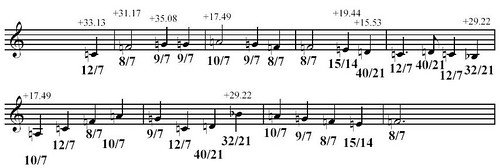



 I find Happily Ever After by Randy Hostetler in my ears as I periodically approach this outstanding work from time to time to experience this epic text piece that transcends the limitations and frustrations of spoken language to reveal the rich potential of text-sound. This piece uses a great idea realized with talent and an ear for detail.
I find Happily Ever After by Randy Hostetler in my ears as I periodically approach this outstanding work from time to time to experience this epic text piece that transcends the limitations and frustrations of spoken language to reveal the rich potential of text-sound. This piece uses a great idea realized with talent and an ear for detail.
 Shigetoshi Hasegawa announced his retirement yesterday. I first noticed this guy when he was working out of the bullpen for the Angels. He seemed like an under-rated relief pitcher and anytime I saw him come out against the Mariners I knew that he would snuff out any rallies as they just couldn't do anything with his fastball. His mechanics were really interesting to watch as well. I was sure glad to see him move over to "our side" when he joined the Mariners in 2002. He was outstanding in 2003 when his career best 1.48 ERA got him an All-Star nod that season.
Shigetoshi Hasegawa announced his retirement yesterday. I first noticed this guy when he was working out of the bullpen for the Angels. He seemed like an under-rated relief pitcher and anytime I saw him come out against the Mariners I knew that he would snuff out any rallies as they just couldn't do anything with his fastball. His mechanics were really interesting to watch as well. I was sure glad to see him move over to "our side" when he joined the Mariners in 2002. He was outstanding in 2003 when his career best 1.48 ERA got him an All-Star nod that season.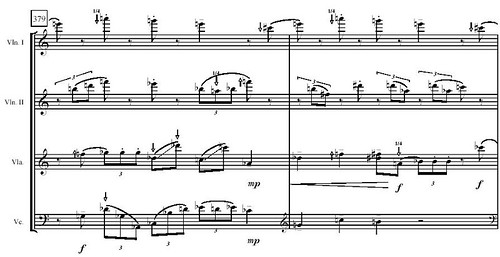
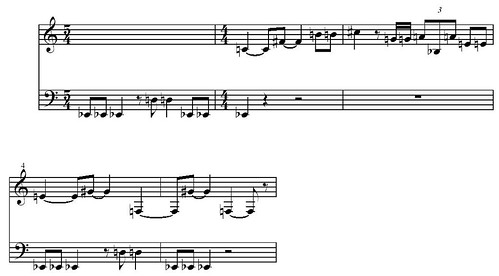
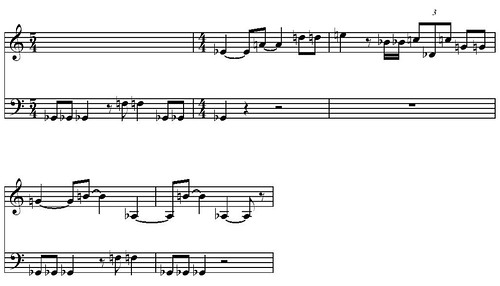
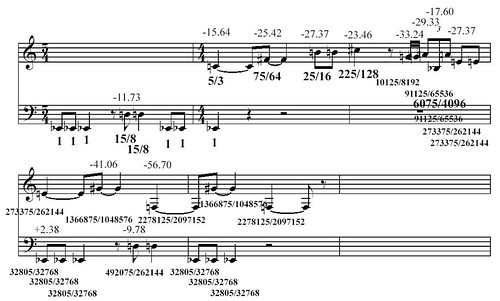
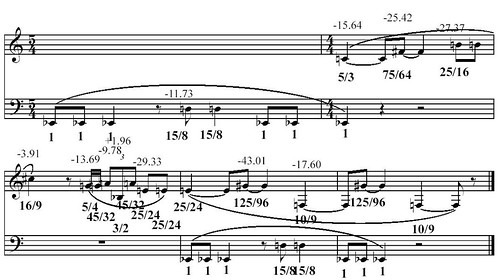
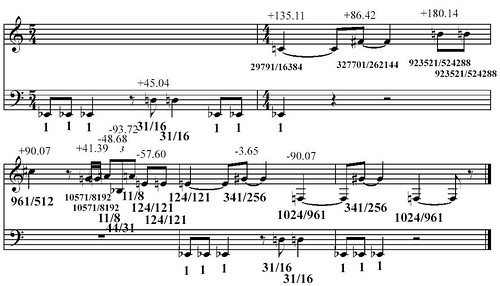
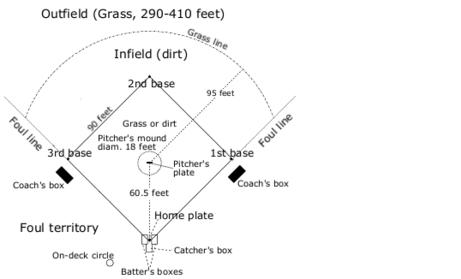

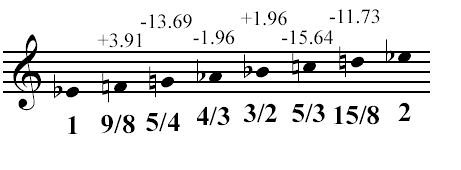

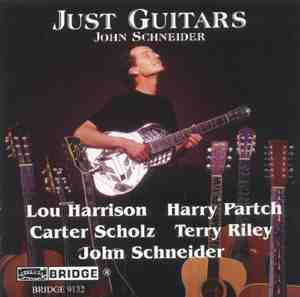
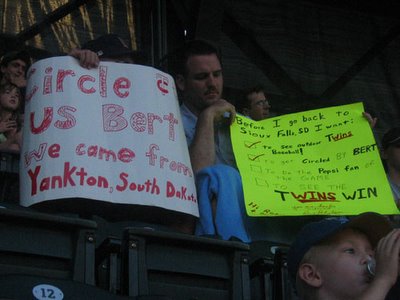 3,701 career strikeouts. That's 5th all-time and that's Bert Blyleven's total for 22-seasons. It was 3rd all-time when he retired in 1993. Why isn't this guy in the Hall of Fame yet? There's more here on why he should be inducted. I'm inclined to agree.
3,701 career strikeouts. That's 5th all-time and that's Bert Blyleven's total for 22-seasons. It was 3rd all-time when he retired in 1993. Why isn't this guy in the Hall of Fame yet? There's more here on why he should be inducted. I'm inclined to agree. and he seems like he'd be a great fit in the Angels' rotation.
and he seems like he'd be a great fit in the Angels' rotation.
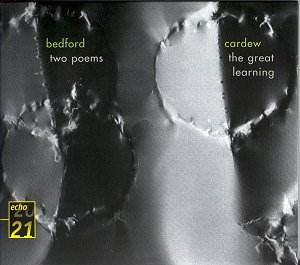 My ears are hopelessly hooked on "Paragraph 2" of The Great Learning by Cornelius Cardew. In particular, the 1968 Scratch Orchestra performance conducted by Cardew as found on the digitally remastered Deutsche Grammophon CD. What a great, prolonged sonic texture! The initial impact of sounds like these has often been the initial attraction to the music of Cornelius Cardew for me. The radical ideas behind them soon follow and I find myself riveted by this elusive figure of the 1960s European avant garde.
My ears are hopelessly hooked on "Paragraph 2" of The Great Learning by Cornelius Cardew. In particular, the 1968 Scratch Orchestra performance conducted by Cardew as found on the digitally remastered Deutsche Grammophon CD. What a great, prolonged sonic texture! The initial impact of sounds like these has often been the initial attraction to the music of Cornelius Cardew for me. The radical ideas behind them soon follow and I find myself riveted by this elusive figure of the 1960s European avant garde.